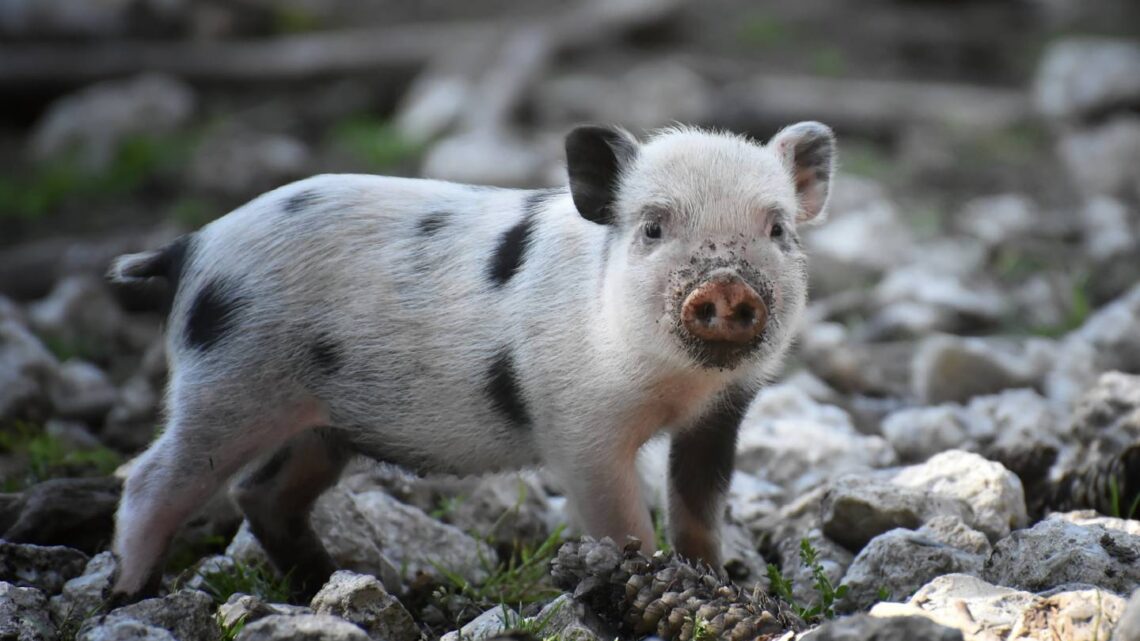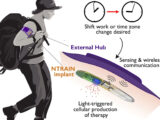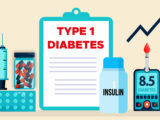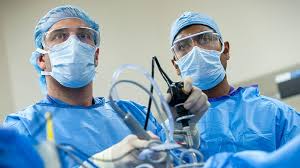
Pigs can breathe through their butts, sort of, and that’s a big problem
May 15, 2021New discoveries about mammals and their potential abilities to ‘breathe’ through their anal into the intestine have paved the way for the potential of new ways to treat humans suffering from severe respiratory problems. This study came from the University of Medical and Teeth Tokyo and the medical center of the Cincinnati Children’s Hospital, revealed that pigs and mice were both capable of ‘intestinal respiration.’
The findings sound absurd, but never happened before. Certain water organisms, including several catfish and cucumbers, can use their intestines to breathe in a situation calling for it. This new study has found that pigs, mice and mice can utilize intestinal breathing with increasing opportunities that survive in a very low oxygen environment, too.
This study involves the development of the intestinal gas ventilation system, which is used to pump pure oxygen through the rectum and into the intestine of the rat. These mice are placed in a very low oxygen environment – the type that will result in additional oxygen deaths – and 75 percent of them survive for 50 minutes with intestinal breathing devices.
However, there is a downside to this system which is that gas ventilation tools produce ‘intestinal mucosa abrasion,’ means that it will not be a reasonable choice for use with sick patients. To overcome this, the researchers emerged with different options: oxygenated perfluorokimia in liquids.
The oxygenated liquid was found to benefit pigs and mice in a low oxygen environment, with more oxygen reaching their hearts. Likewise, their oxygen levels increased, their cold reduced, and mice were able to walk further in low oxygen space. The results indicate that future potential applications for humans.
Senior writer Research Takanori Takebe explained:
Pandemic SARS-COV-2 has recently needed clinical needs for artificial ventilators and lungs, resulting in critical shortcomings of available devices, and endangering the lives of patients worldwide. The arterial oxygenation level provided by our ventilation system, if it is scaled for human applications, it is possible to treat patients with severe respiratory failure, potentially giving saving oxygenation.










